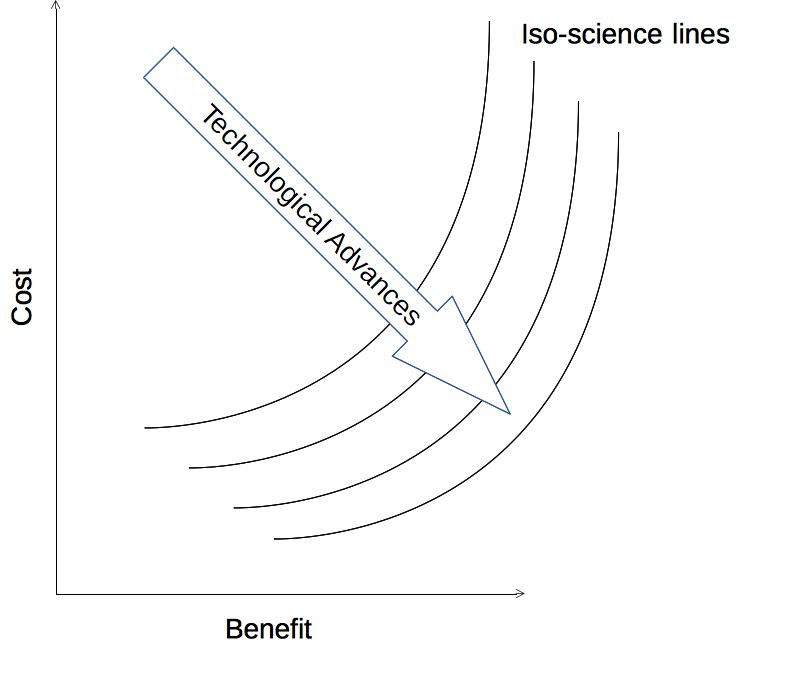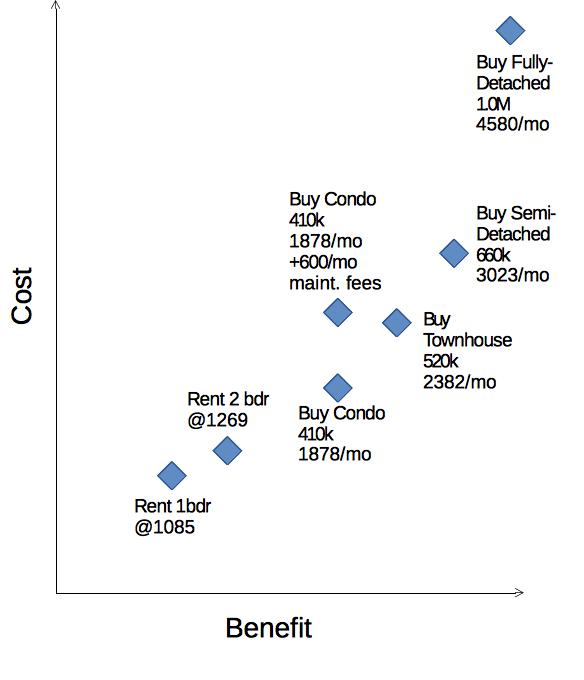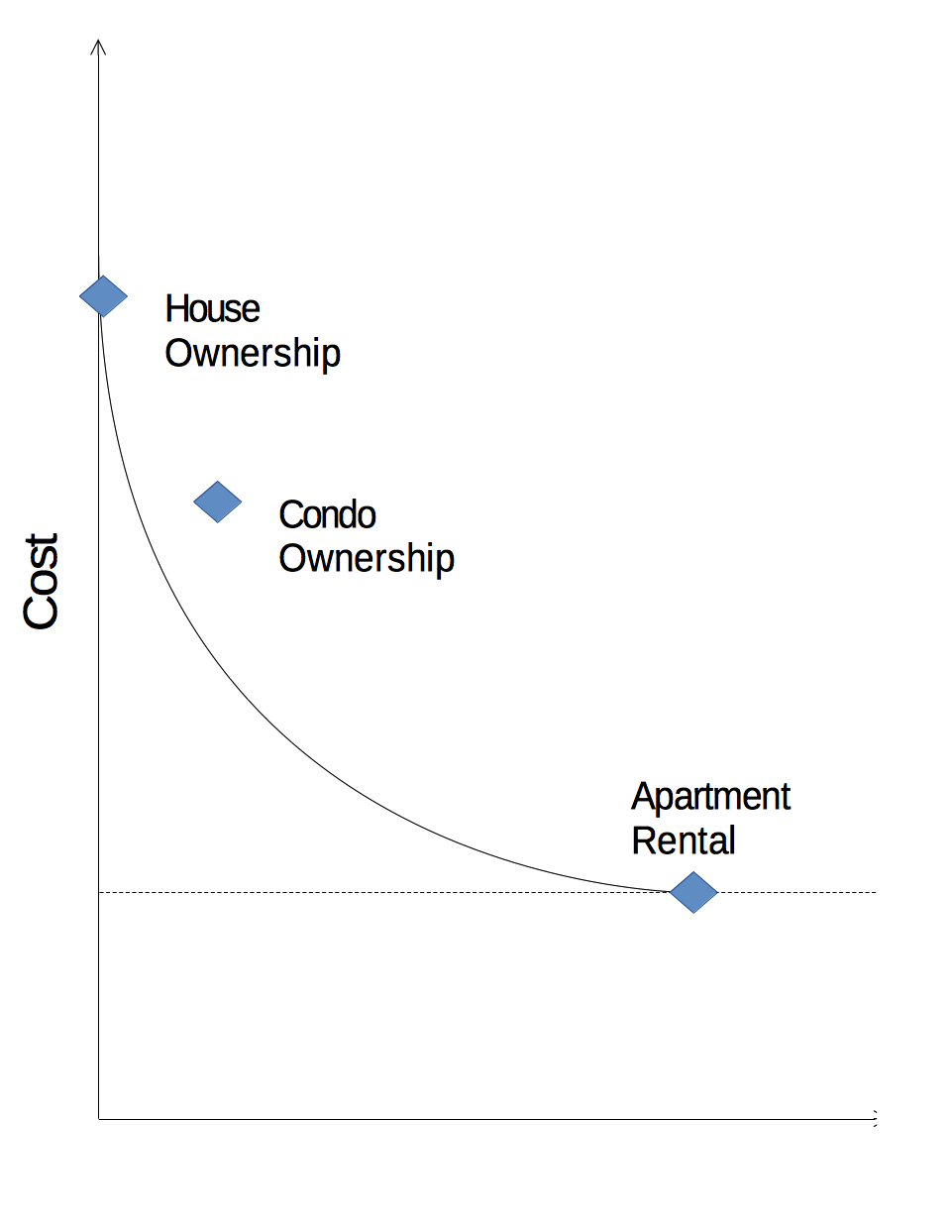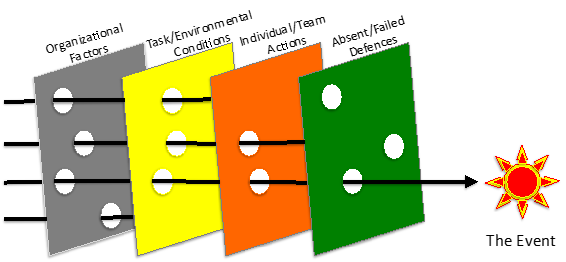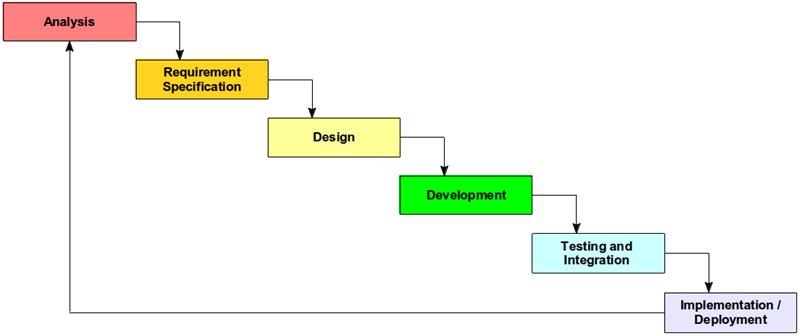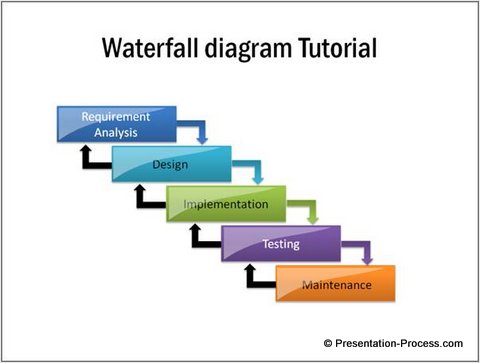UPDATE: While I was writing this, this blog passed 1000 page views since I started counting on Dec 29th! You people are awesome!
******************************************************
Yesterday, I briefly touched on the concept of ‘the space between meaning’.
One way to demonstrate this concept is with a Mu-joke (not really an anti-joke*):
Q: What is the difference between a duck**?
A: One of its legs are both the same!
The goal here is to say some words which sound not too much like nonsense, such that the listener really tries to understand.
Like a good pun, you want to draw the listener in by making things the correct level of ‘difficult to understand’. Too easy, the listener groans and moves on. Too difficult, the listener times out and moves on. (Note that this changes with each individual audience member. If ever there was an argument for (education) streaming, this is it. 😀 )
By analogy, you want your Mu-joke to make the listener feel like they would understand it if they ‘just tried a little harder’.
Also, a good Mu-joke will play with language and parts of speech, the goal being to make the listener more aware of the structure and inner meaning of what they are saying and what is being said around them. Normally, the word ‘between’ refers to two things, but we are using it to refer to one object, a duck. This gives the listener a mental ‘cache miss‘ or ‘branch misprediction‘ error, and it can throw them off balance as they try to reassemble their mental model of the conversation.
This trick can be used in a ‘Mental Push Hands***’ competition. I have fond memories of doing this with MC as we reshelved books at the library in high school. I suspect many of the best debaters use variants of this, and the best politicians have well-developed defenses against these kinds of tactics.
But back to ‘the space between meaning’. It is the space in your head where you are comfortable with ‘between’ referring to any number of things, where you are comfortable with ‘both’ referring to one thing.
It is a space I enjoy, and I hope you can help put me there. 😀
*Anti-jokes are not quite what I mean. They seem to be defined online as jokes with a standard leadup and an opposite-ish punchline. Many of the punchlines seem to take a ‘standard’ punching-down joke and subvert it. Funny, interesting, useful, but not what I’m taking about.
**I first saw this joke in one of those ‘choose-your-own-adventure-rpg’ books: https://en.wikipedia.org/wiki/Grailquest. Probably my favourite series in the genre.
***I learned ‘Push Hands’ as a martial arts balance exercise. You plant your feet and touch palms with your opponent. The object is to make your opponent move one of their feet without moving yours. For me, it was all about being as flexible as possible while trying to find my opponent’s inflexibilities.

